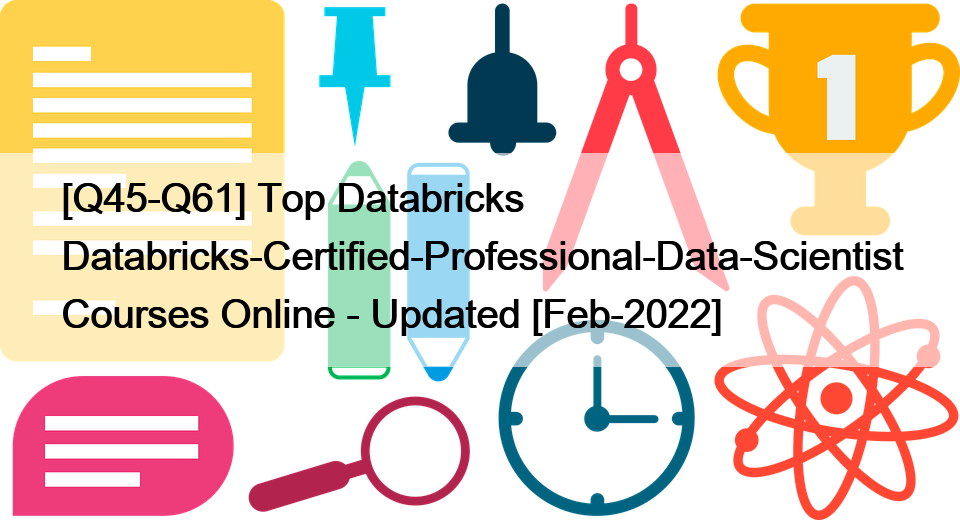NO.50 In which lifecycle stage are test and training data sets created?
Explanation
NO.54 You are asked to create a model to predict the total number of monthly subscribers for a specific magazine.
Explanation : A data model explicitly describes a relationship between predictor and response variables.
![]()


Recent Comments